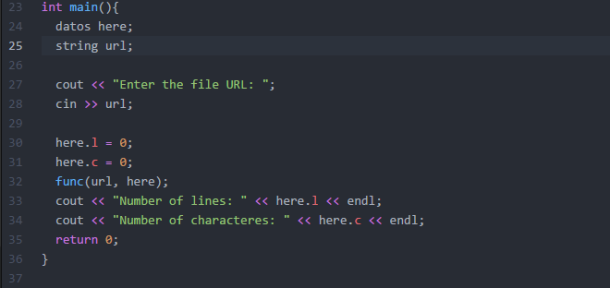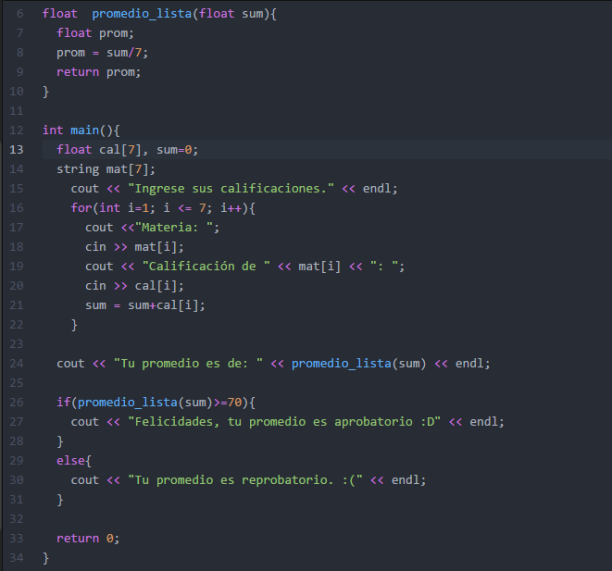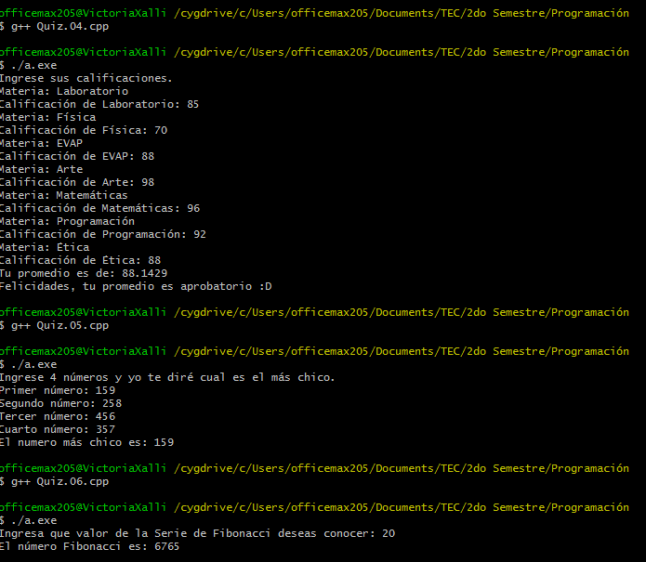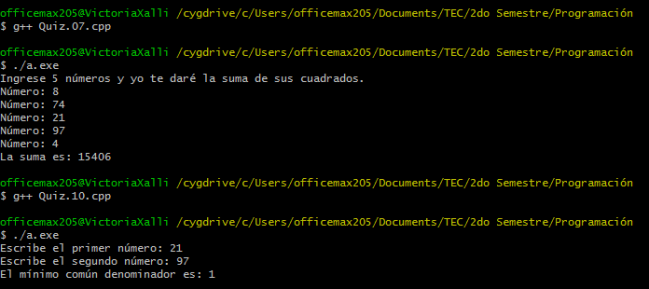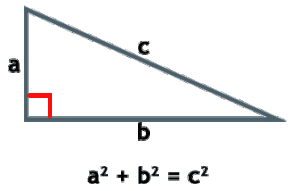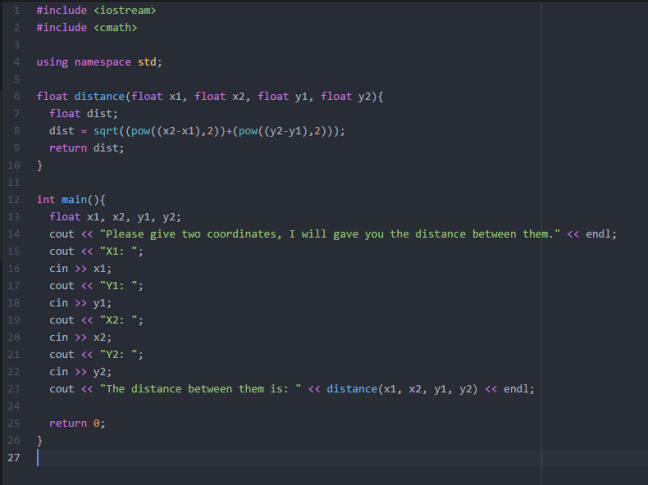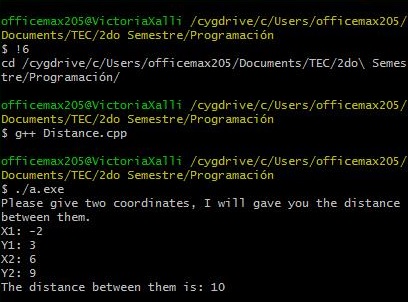--Originally published at Loading…
Well, this is my last post about the programming class, but maybe is not my last post in the life, because this is nice, and maybe I could do it later.
I want to thank Ken for everything in this class, it was one of my favorite classes of the semester. I could remember some things I already knew but I think I learn many more in this time. Thank u for your patient, for teaching us some things and correcting us in our learning and especially, thanks for your friendship.
So, this class is a great help if you want to learn, but if you want to pass the course, I recommend that you don’t be with Ken, you just stress about having to post and get points for no reason. This class is about giving more than just the 100%.
I hope my other classmates have enjoyed the class as much as I did.
Good luck in the rest of the Tec Life.



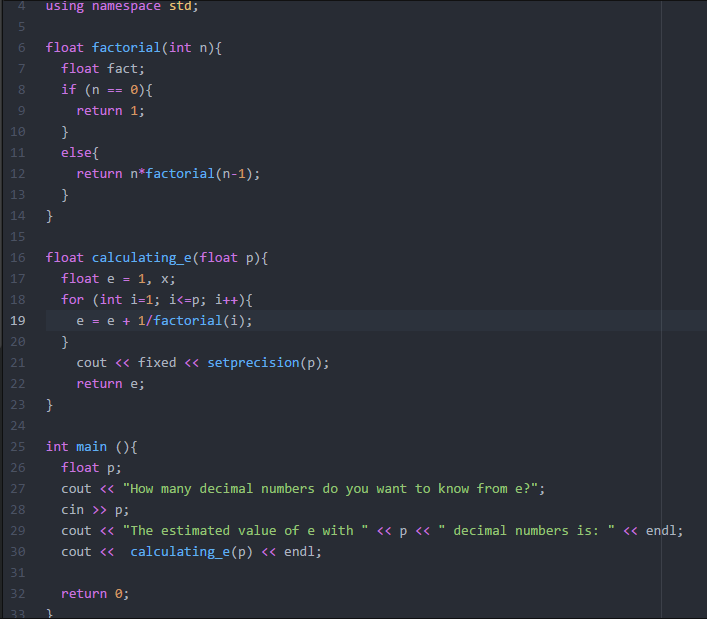


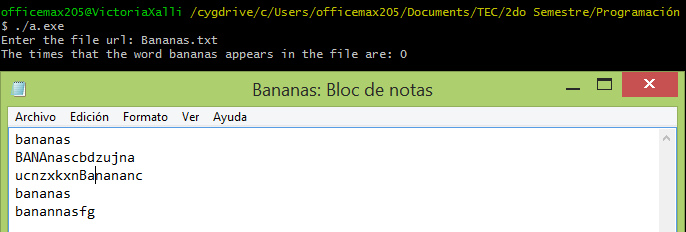 Please please please, help me.
Please please please, help me.



